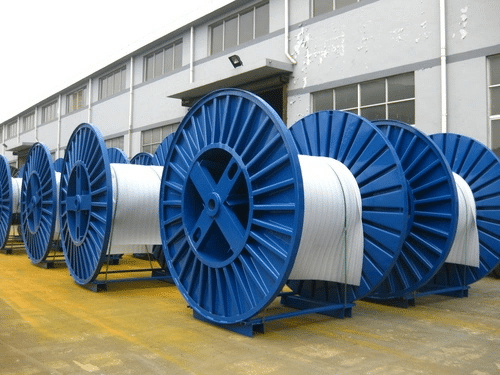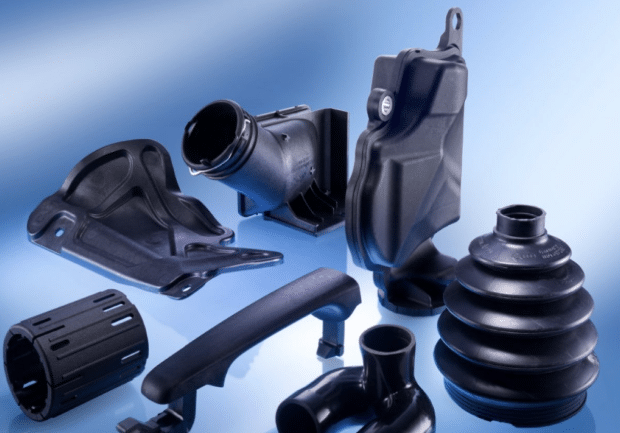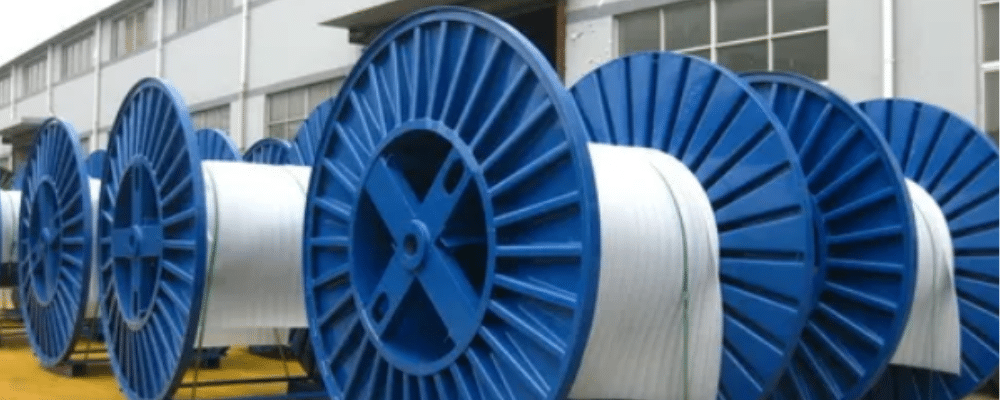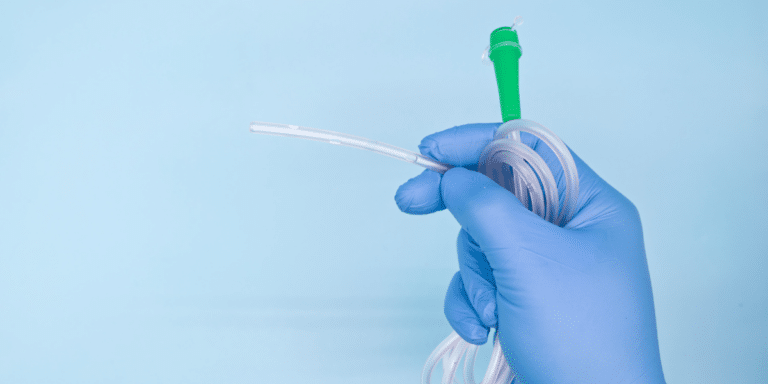How does 10MeV E-Beam differ from other crosslinking services?
What is Crosslinking?
Crosslinking is amazing technology: ionizing radiation, when applied carefully, can be used to dramatically enhance the performance of a wide range of materials.
Many familiar products are crosslinked today: electrical wire sheath, certain foams, and polyethylene piping are just a few instances where radiation is used to endow low-cost materials with improved characteristics such as increased strength, rigidity, wear resistance, and melting point, to name a few.
E-Beam, X-ray, and Gamma technology all may be used to crosslink materials. Roughly speaking, the choice of which technology to use can depends highly on the nature of the materials: their size, density, and manufacturing process.
Continuous Crosslinking
Sometimes called “roll-to-roll” or “reel-to-reel” processes, continuous crosslinking involve continuously-manufactured materials, such as wire, cable, tubing, or thin sheeting materials.
These materials can be thousands of feet long, but their diameters / thicknesses are very small, ranging from single-digit millimeters to single-digit centimeters.
For these low thicknesses, E-Beam penetration is trivial, and low electron energies (200keV-2MeV) deliver sufficient penetration to crosslink the cable. Energy is proportional to how far the electron penetrates through the material being treated.

The nice thing about these low energy requirements is that they allow power to be increased substantially. It is not uncommon for low-energy beams to be very high-power (e.g. hundreds of kW). The net result is that these enormous rolls of materials may be processed at extremely high speeds.
This means that continuous crosslinking is a very scalable, high-speed process and that there are highly specialized facilities (such as those operated by E-Beam Services) that are designed for these processes.
Batch Crosslinking
Batch crosslinking, on the other hand, is suitable for products and materials that are not roll-to-roll (e.g. rigid, solid polymer shapes, sheets of foam, heat shrink, and cabling that does not fit on to a roll, to name a few examples.)
In these cases, where the dimensions and sizes of the product can vary significantly, it is useful to have a high-energy (e.g. 10 MeV) E-Beam system with excellent depth-of-penetration. Gamma and X-ray are also helpful here, but if E-Beam can sufficiently deliver acceptable dose, results can often be higher quality (less time spent in a highly oxidative environment) and priced more attractively.

Gamma irradiation is typically performed in large cells with many totes or containers of product at the same time, which can be efficient for large throughput, however it can impose significant economic constraints on minimum order sizes. The doses involved in crosslinking can also be much higher than the doses used for sterilization or other uses of irradiation, resulting in treatment times of many hours per unit.
E-beam and X-ray irradiation are typically performed in pallet size or smaller treatment areas in which product travels in a single file line. With the faster dose rate of these accelerator-based technologies in kilogray per second (E-beam and X-ray), compared to kilogray per hour in gamma, it is easy to schedule and process any batch size or dose with fewer restrictions on batch size.
Crosslinking is typically a process tailored both to specific materials as well as specific applications and performance characteristics. Contact us today at NextBeam for a no-obligation consultation on your specific needs.
Additional Articles We Think You Might Like
Have a question? Speak with a sterilization expert today, at your own convenience.





